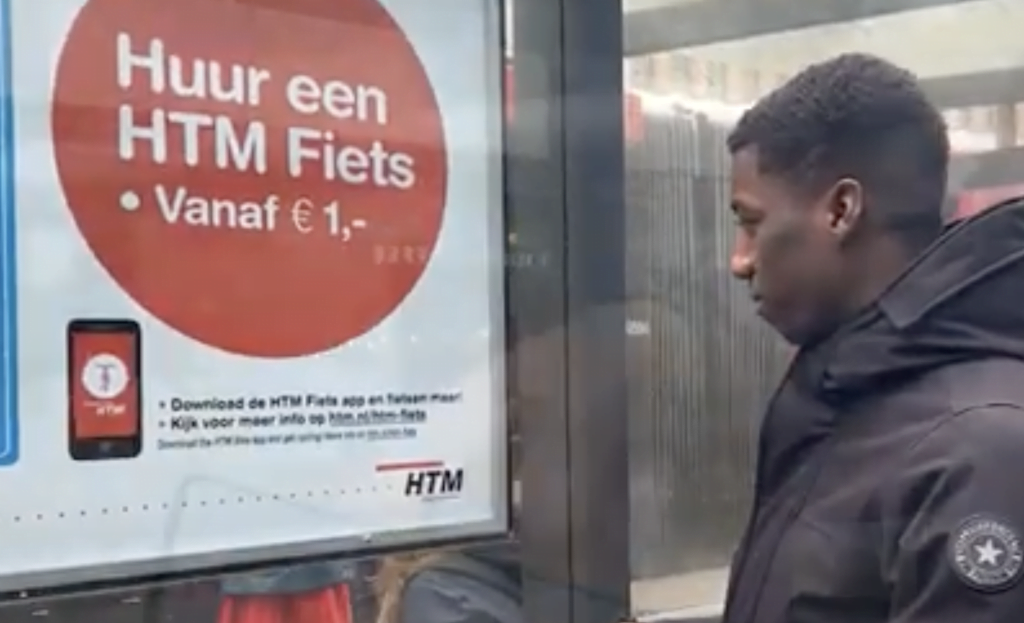In the current economic climate, investors are reluctant to invest in shareholdings.
Shared mobility plays an important role in the mobility transition for making cities and regions more liveable. Despite HTM's continued belief in shared mobility, the transport company decided to stop offering bicycles in combination with public transport by tram or bus. Where possible and profitable for HTM, the company would continue to do so.
But unfortunately that was limited to Zoetermeer. On 1 February 2023, HTM discontinued the HTM Bicycle in The Hague, Rijswijk and Leidschendam-Voorburg. The main reason is that the number of journeys made with the HTM Bicycle fell short of expectations and was therefore not profitable. HTM introduced the HTM Bicycle in May 2019 as an addition to its public transport.

Public transport providers are now more or less expected to Maas apps will also have an offer soon. The offer of shared bicycles and scooters is an attractive alternative to the bus. But the big question is whether public transport companies are ready for all this shared mobility. Not a full bus or many stops at stops, but see their customers whizzing through the streets in the fresh air.
Shared scooters are a disaster for a city, they cause nuisance and clutter.
Something to think about. Public transport, the hub and shared mobility can together change the mobility landscape and thus seduce those fossil owners of a car to new behaviour. Whether this is directly beneficial for the public transport providers themselves still seems quite uncertain.
future
Providers are having a hard time convincing stakeholders that their investments will ever pay off. We are already seeing the phasing out of partial mobility and bankruptcies. However, not everyone mourns the disappearance of partial mobility from the cityscape. Many see the shared bicycles and scooters as a nuisance. Nevertheless, this nuisance is an essential part of the transition towards a sustainable mobility system.
When implementing shared mobility, such as shared bicycles and scooters, there is often initial nuisance in the public space. Sidewalks are blocked, which is a nuisance for many elderly or wheelchair users. This will decrease somewhat over time, but municipalities can prevent this by determining better guidelines that providers must comply with.
We also have to take into account the development phase in which shared mobility and MaaS are in and have some understanding for the innovation phase in which we find ourselves.
In the future we will see more and more hubs appear. This mobility hub brings together different modes of transport. The aim is to provide a diverse mobility offer, so that users can move around flexibly without the private ownership of a car. So think of car sharing and bicycle sharing, with a smart connection to public transport.



